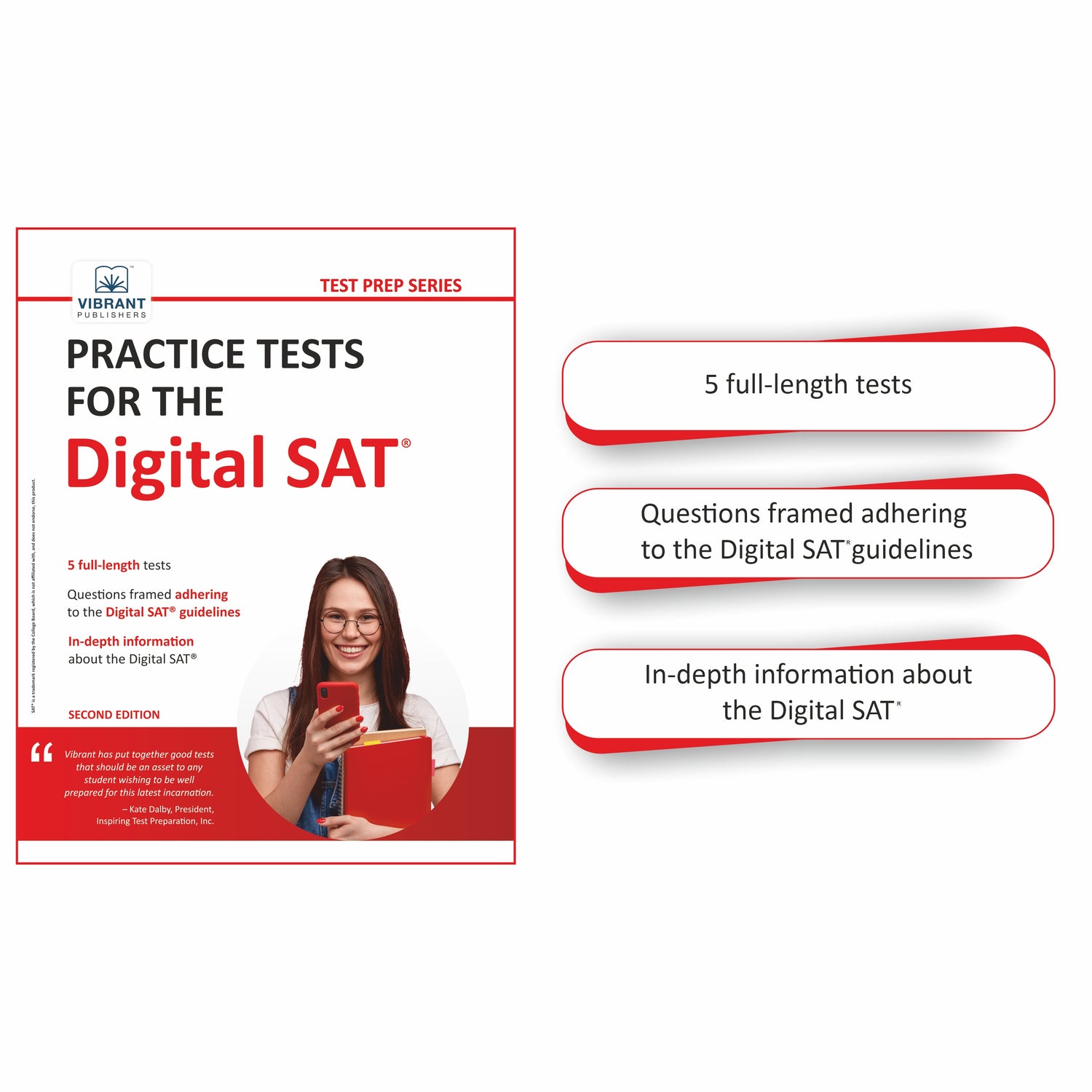
What is a Market in Economics?
Market is a commonly used term in our day-to-day lives. However, in Economics, market has a deeper meaning. We often classify economies as market-driven economies. In this blog post, we explore the meaning of market and its types
What is a Market?
A market is a place where buyers and sellers meet for transactions. For example, a retail mall is a marketplace where lots of buyers meet sellers of various brands on a given day. A market need not necessarily be a physical place but can also be a virtual platform. In stock markets, both buyers and sellers are behind their computer screens, meeting on a virtual platform. Amazon provides a virtual marketplace for its online buyers.
What are the seven forms of market?

In economics, there are various forms of markets:
- Monopoly
- Duopoly
- Oligopoly
- Monopsony
- Monopolistic Competition
- Pure competition
- Perfect competition
What is Monopoly?
Monopoly has a single seller. A monopoly is a situation in which the seller can decide the price at which he will sell his commodities. As there is a single seller, the market price and individual seller’s price is the same. The question remains whether buyers accept the price set by the monopoly seller or not. It is decided based on the buyer’s purchasing power and availability of substitutes.
Example of Monopoly
The railways have a monopoly but still, they cannot set the price of train tickets at their discretion.
What is Duopoly?
A duopoly is a situation in which there are only two major players in the market. It is the simplest form of oligopoly with two sellers.
Examples of Duopoly
Worldwide, there are two main players selling soft drinks: Coke and Pepsi. The size of the market catered by Coke and Pepsi with multiple brands is so large that they establish a duopoly with control over the market prices.
What is Oligopoly?
Oligopoly is a market condition in which there are a number of sellers but the market is not too large. There are more than 2 sellers but the maximum number is not specified. Approximately, the maximum number can be assumed to be about 25. Here due to competition, the firms cannot set the prices at their discretion.
Example of Oligopoly
A modern example of Oligopoly is the OTT market. Netflix, Amazon, Hotstar, Hulu etc are the main competitors in the market.
What is Monopsony?
While Monopoly stands for a single seller; monopsony means a single buyer. It is the mirror image of a monopoly where there is a single buyer. Monopsony is more prevalent in the factor market.
Example of Monopsony
Suppose, a city has a single mine; so all mining laborers have only one place to sell their labor. This is a form of monopsony. There is a close similarity in the operations of monopsony and monopoly.
What is Monopolistic Competition?
In monopolistic competition, a large number of sellers produce differentiated products. In differentiated products, the important product features vary.
Example of Monopolistic Competition
There are a large number of sellers of mobile phones across the world. The features of the phones vary from brand to brand. The camera, screen size, processor, and operating system all determine their demand and price. Though it is the same product, utility varies depending on the features. Quality is an important determinant for product differentiation. Buyers’ segments vary depending on the product quality. Brands like iPhone can create a monopoly-like advantage within the market with their product features and quality.
What is Perfect Competition?
Perfect competition is an idealized form of market with a large number of buyers and sellers, offering homogenous products. As there are a large number of sellers and the product is homogenous without the scope of differentiation in value offered, the firms are price takers. They are bound to sell at the price determined by the market. In perfect competition, the factors of production have perfect mobility, there is free entry and exit for firms, no government interference, perfect knowledge of the market, and independent decision-making without forming any cartel.
Example of Perfect Competition
The closest example of perfect competition is the market for cereals, pulses, or vegetables in which a large number of sellers offer similar products to a larger number of buyers.
What is Pure Competition?
Perfect competition without the characteristics of perfect mobility of factors of production is termed Pure Competition. This is termed ‘pure’ as there is no element of monopoly in this.
However, often economists agree that in reality there is nothing called perfect or pure competition. Requirements for a passport and visa are not conducive for the mobility of labor. Perfect knowledge does not exist in a market due to trade secrets maintained by competitors. Government intervenes in the market more than often. Therefore, perfect competition still is a myth!
Markets is one of the various topics covered in the newly launched book Microeconomics Essentials You Always Wanted To Know; to know about markets in detail, check out the book here. The book also covers core concepts of microeconomics like demand, supply, factors of production, marginal utilities, and much more.
Share











